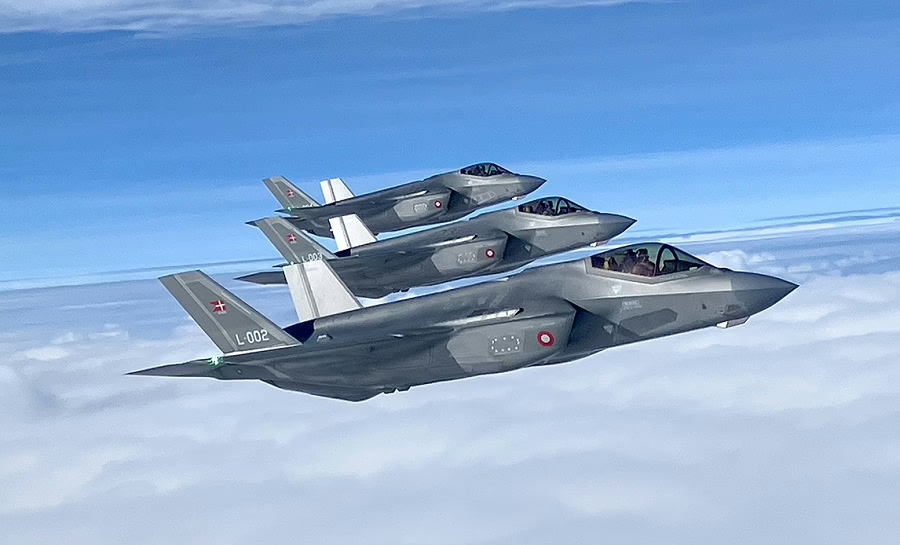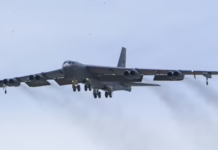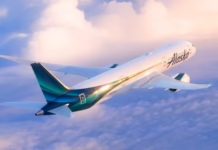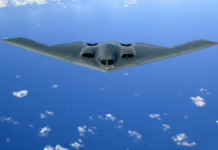Advanced fighter jets showcase distinct approaches to modern aerial warfare through contrasting radar technologies
The F-35 Lightning II and Eurofighter Typhoon, two of the world’s premier fighter jets, represent radically different philosophies in modern aerial combat, particularly in how their sophisticated radar systems operate. While the F-35 integrates its AN/APG-81 radar within a stealth-focused design, the Typhoon leverages its larger nose cone for raw scanning power with its European Common Radar System (ECRS).
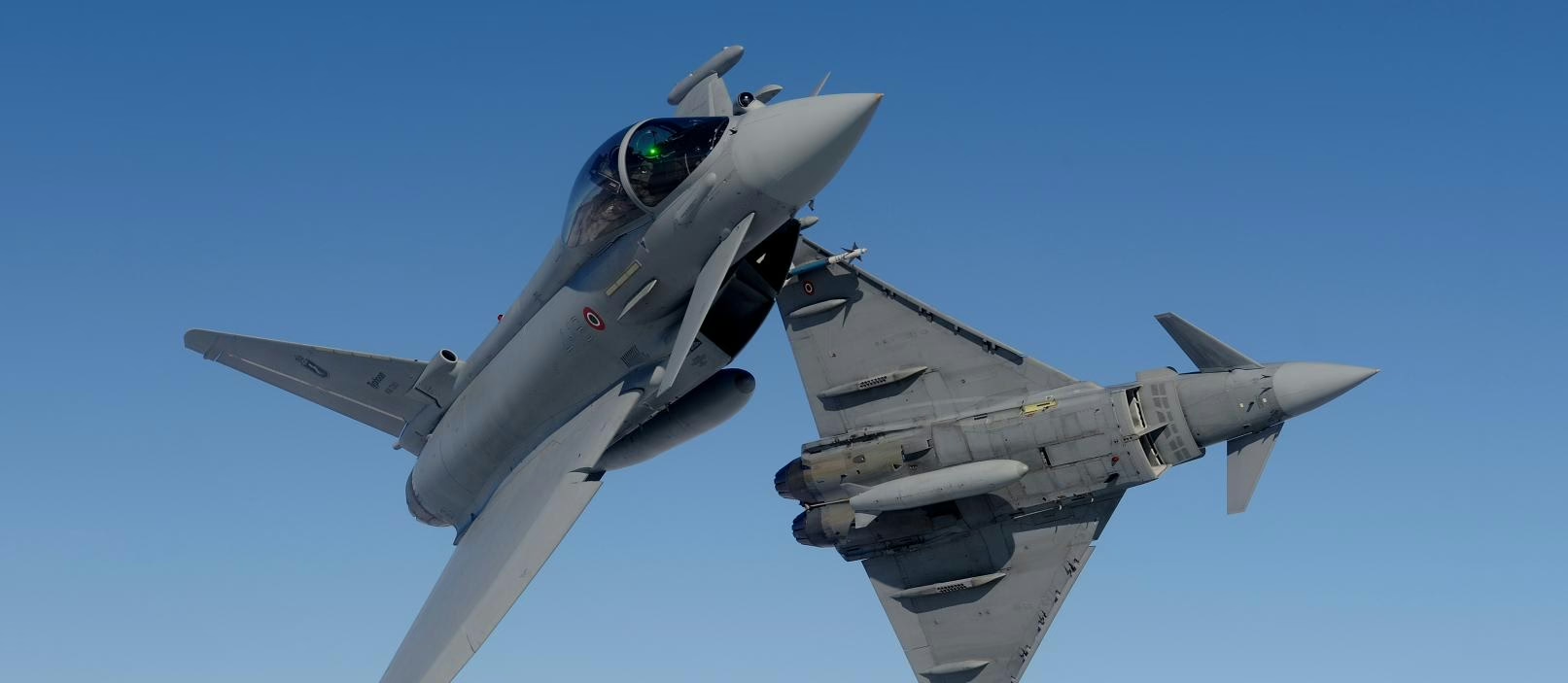 Both aircraft emerged from multinational development programs but took divergent paths in solving the challenge of detecting threats in increasingly complex battlespaces. The F-35, developed through the Joint Strike Fighter program, prioritizes stealth and sensor fusion, while the Typhoon—created through collaboration between the UK, Germany, Italy, and Spain—emphasizes superior kinematics and versatility.
Both aircraft emerged from multinational development programs but took divergent paths in solving the challenge of detecting threats in increasingly complex battlespaces. The F-35, developed through the Joint Strike Fighter program, prioritizes stealth and sensor fusion, while the Typhoon—created through collaboration between the UK, Germany, Italy, and Spain—emphasizes superior kinematics and versatility.
According to the official F-35 website, “The F-35’s AN/APG-81 AESA radar is the most capable in the world. Long-range active and passive air-to-air and air-to-ground modes support a full range of missions.” This Active Electronically Scanned Array (AESA) radar sits at the heart of the aircraft’s mission strategy, allowing pilots to detect and track multiple targets while minimizing emissions that could compromise stealth.
In contrast, the Eurofighter program took advantage of the aircraft’s larger nose aperture. As noted on Eurofighter.com, “The field of regard is some 50% wider than traditional fixed plate systems,” giving Typhoon pilots a substantial advantage when tracking fast-moving, off-axis threats.
The F-35’s radar design reflects its primary role as a stealth platform. Its antenna is carefully angled backward to enhance the aircraft’s low observable characteristics, with detection range estimates exceeding 80 nautical miles (150 kilometers). The upcoming AN/APG-85 radar, designed for Block 4 F-35s, promises further enhancements, though specifics remain classified.
The Typhoon’s Autonomous Identification System (AIS) reportedly detects targets at distances greater than 150 nautical miles (280 kilometers) and can automatically prioritize threats beyond 100 nautical miles (190 kilometers). The system also features EMCON (Emissions Control) capability that regulates radar emissions to reduce detectability.
Both jets incorporate extensive electronic warfare capabilities. Leonardo, the primary developer of the latest Typhoon radar, highlights that the ECRS Mk2 includes “Electronic attack” and “Wide band electronic attack” capabilities while maintaining essential ground-mapping functionality.
Nick Moore, Typhoon Capability Acquisition Deputy Head at the UK’s Defence Equipment and Support agency, describes the ECRS Mk2 as offering “battle-winning technology that gives them the edge to protect the nation,” according to the official Royal Air Force website.
The aircraft represent complementary capabilities in modern air forces. The F-35 excels in penetrating heavily defended airspace undetected, while the Typhoon provides superior speed and maneuverability. This synergy was demonstrated during a two-week test in the Mojave Desert in 2017, where a Royal Air Force Typhoon successfully communicated with an F-35 operating in stealth mode by converting communications from the F-35’s Multifunction Advanced Data Link into the more common Link 16 format.
The integration of new weapons further enhances both platforms. After successfully testing the Meteor missile on a U.S. Marines F-35, Air Commodore Al Roberts, RAF’s Head of Air-to-Air Missiles, stated: “This milestone is a testament to the effective collaboration between the multinational governmental and industrial partnerships that we have in place. Inclusion of Meteor onto the Lightning II will bring this formidable air combat capability to the UK and to the burgeoning F-35 community, significantly enhancing security among allies.”
The F-35 can operate at speeds up to Mach 1.6 (approximately 1,200 mph) with a ceiling above 50,000 feet and internal fuel range exceeding 1,350 miles. Its internal weapons bay can carry two AIM-120 AMRAAM air-to-air missiles and two GBU-31 JDAM guided bombs as standard.
The Typhoon matches and exceeds these figures in several categories, achieving Mach 1.8 maximum speed with a service ceiling of 55,000 feet. It can accelerate from brakes off to Mach 1.5 at 35,000 feet in less than 2 minutes and 30 seconds, demonstrating exceptional climb performance.
Both aircraft face ongoing challenges. The F-35 program has weathered delays, cost overruns, and political uncertainties, while the Typhoon continues evolving through radar upgrades like the ECRS Mk0, Mk1, and Mk2 variants.
In joint operations, the aircraft serve complementary roles—the F-35 acts as the “first day of war” penetration asset capable of neutralizing advanced air defenses, while the Typhoon provides high-speed, high-maneuverability support and sustained air dominance.
As geopolitical tensions and technology continue evolving in the 21st century, the distinct strengths of both aircraft maximize operational effectiveness under different conditions in modern warfare.

Key Takeaways
- F-35 and Typhoon represent contrasting radar philosophies: stealth integration versus raw scanning power.
- Both aircraft complement each other in combat: F-35 excels at stealth penetration while Typhoon offers superior speed and maneuverability.
- Advanced radar systems enable both fighters to detect threats at considerable ranges with enhanced electronic warfare capabilities.


